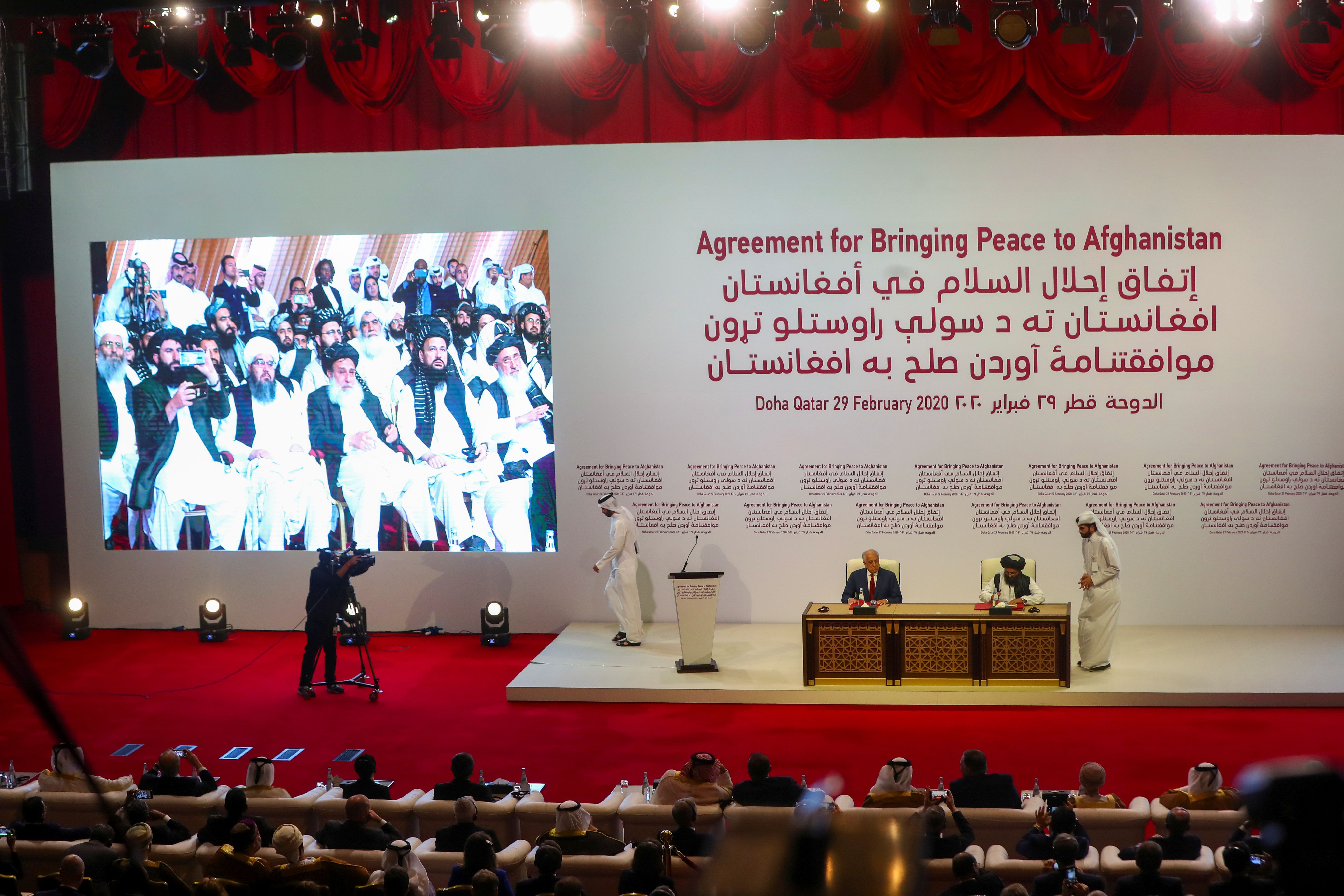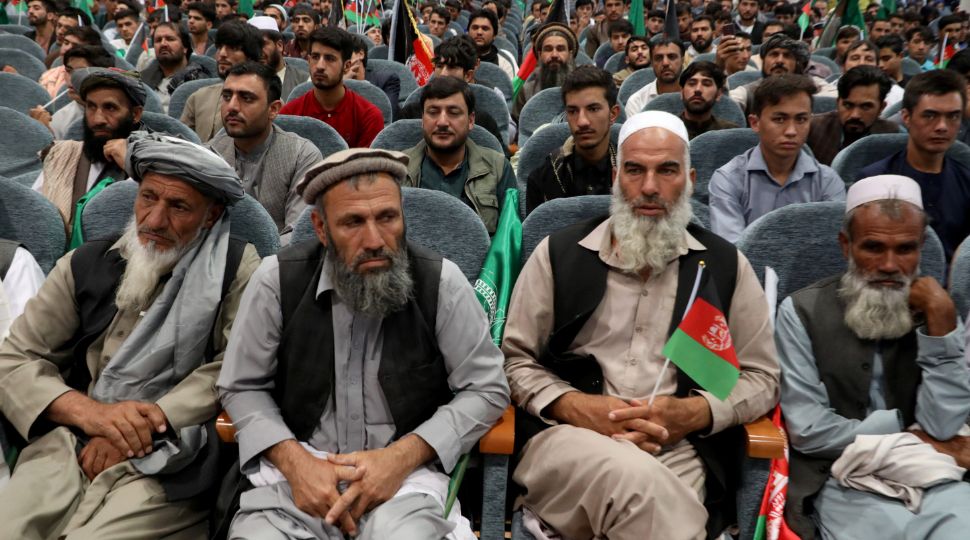The Taliban-U.S. Agreement—Still a Long Way to Peace

What was agreed?
The Taliban pledged to “prevent any group or individual, including Al Qaeda, from using the soil of Afghanistan to threaten the security of the United States and its allies”. The U.S. committed to withdrawing “all military forces of the United States, its allies, and Coalition partners”. During the first 135 days, the U.S. will reduce its forces to 8,600, down from about 13,000 today, and from five military bases. NATO will also carry out proportional reductions from around 16,000 to 12,000. The remaining foreign troops will leave over the next 9.5 months (i.e., by 29 April 2021). The Taliban will engage in intra-Afghan peace talks, expected to start on 10 March, probably in Oslo, and, as a confidence-building measure, by that time 5,000 Taliban prisoners are to be released. The Taliban, in turn, are to release 1,000 Afghanistan government supporters. The U.S. also promised to remove its sanctions on the Taliban by 27 August and work towards removing the Taliban from the UN sanctions list by 29 May.
What was missing in the agreement?
The deal does not contain two of the three conditions the U.S. had demanded from the Taliban since 2010: recognition of the Afghan constitution and the cessation of violence. The Taliban’s only concession to the “initial agreement” from a year ago was a “reduction of attacks” in the week preceding the signing of the agreement. The deal does not oblige the Taliban to recognise the current political system in Afghanistan, stating that the “new post-settlement Afghan Islamic government” will be “determined by the intra-Afghan dialogue”. Additional guarantees of further support for the current Afghan authorities were included in a separate “joint declaration” of the U.S. and Afghanistan, signed on the same day in Kabul. The agreement also does not mention specifically the “Haqqani network”, one of the most dangerous Taliban entities recognised by the U.S. as a terrorist organisation. However, the content of annexes to the agreement regarding verification mechanisms remains secret.
Does the agreement secure the withdrawal of NATO troops from Afghanistan?
The withdrawal of all Alliance forces is not certain. Apart from the reduction of forces in the first 135 days, the further withdrawal of troops is conditional on the implementation of the agreement and compliance with its provisions. The U.S. has assured that any violation of the deal will result in its cancellation and the “destruction” of the Taliban. This is to maintain pressure on the Taliban and to keep the door open for sending more troops to the country in the event of a worsening security situation. However, the agreement does not specify whether the condition for withdrawing the troops is actually reaching an intra-Afghan agreement or just engaging in talks. It is possible that the Taliban will want to drag out the negotiations beyond the agreed 14 months until the complete withdrawal of foreign troops. If they break the terms of the agreement after this time, it is unlikely that the U.S. or NATO will return to Afghanistan.
What are the prospects for peace in Afghanistan?
Determining the ceasefire and distribution of power will depend on extremely difficult the intra-Afghan peace talks, which may not even start at all. It is not known who will represent the Afghan authorities in the negotiations, especially in the context of the deepened political crisis since the September presidential election. The official results put incumbent President Ashraf Ghani slightly above the 50% threshold to win, but were announced only after five months later and were rejected by his main rival, Abdullah Abdullah, and other opposition. Therefore, the weakened position of the government and the strengthening of the Taliban mean that the latter will play a key role in the negotiations. Moreover, President Ghani has already announced that he will not carry out the first condition for talks—the exchange of prisoners. They are his government’s main asset in the negotiations and the release of 5,000 experienced Taliban fighters would increase their military strength.
Who benefits from the agreement and who loses?
The agreement may be positive for NATO countries because after many years of war they can begin to withdraw their forces from Afghanistan. Qatar has achieved a major diplomatic success, as has Pakistan, which has supported the Taliban for years. Russia and China will certainly appreciate the withdrawal of U.S. forces from another country in the region, provided that Afghanistan does not plunge into chaos. Starting the return of American soldiers from the longest war in U.S. history is important to Trump, who hopes it will increase his chances of re-election. However, the biggest winners are the Taliban, who gained international recognition and the greatest say in the future of the country. The clear losers are the official authorities in Kabul. On the other hand, if the Taliban do not agree with the democratic forces and ethnic groups, the civil war may escalate, with most victims being ordinary Afghans.





